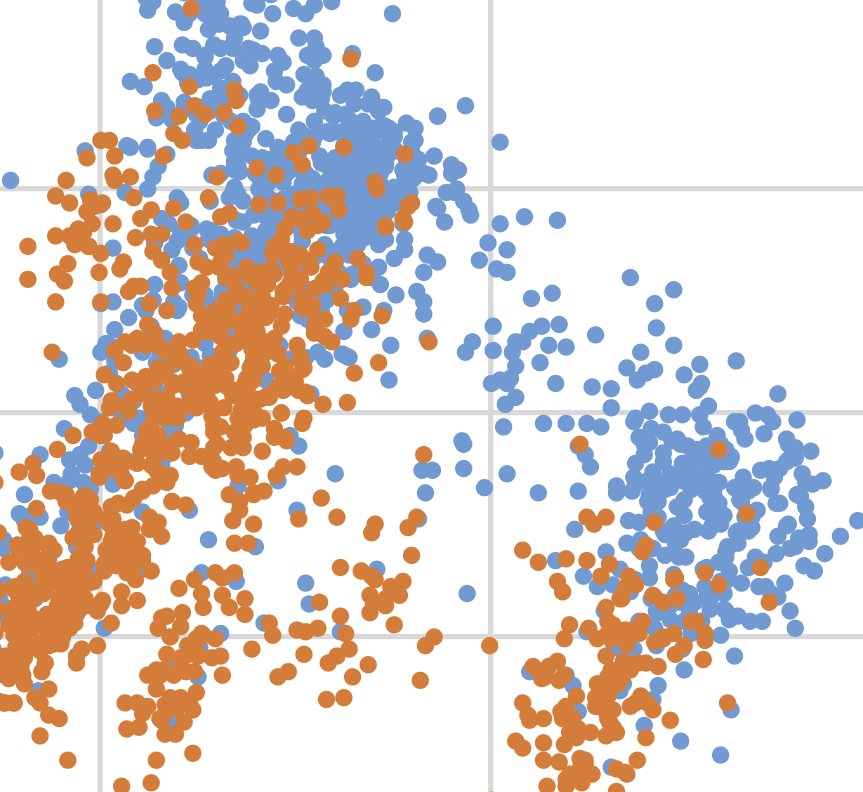Abstract
Inframe insertion and deletion variants (indels) alter protein sequence and length. Accurate pathogenicity predictions are important in genetic studies of human diseases. Indel Interpretation is challenging due to limitations in the available number of known pathogenic variants for training. Existing methods largely use manually encoded features including conservation, protein structure and function, and allele frequency. Recent advances in deep learning modeling of protein sequences and structures provide an opportunity to improve the representation of salient features based on large numbers of protein sequences. We developed a new pathogenicity predictor for SHort Inframe iNsertion and dEletion (SHINE). SHINE uses pre-trained protein language models to construct a latent representation of an indel and its protein context from protein sequences and multiple protein sequence alignments, and feeds the latent representation into supervised machine learning models for pathogenicity prediction. We curated training data from ClinVar and gnomAD, and created two test datasets from different sources. SHINE achieved better prediction performance than existing methods for both deletion and insertion variants in these two test datasets. Our work suggests that unsupervised protein language models can provide valuable information about proteins, and new methods based on these models can improve variant interpretation in genetic analyses.
A preprint version is available on bioRxiv: https://doi.org/10.1101/2022.08.30.505840
